Cayenne pepper is a dried, red pepper with a particularly spicy taste. The color of the actual peppers that it's derived from is green, yellow to dark red.
The aroma and taste of cayenne pepper are measured on a scale of 1 to 120. The plant prefers soil that is warm, moist and rich in mineral salts. It grows up to 3.5 ft (1 m) tall and blooms during spring and summer. When processing, the seeds of the peppers are cleaned well, after which the hands need to be washed. It is important to avoid eye contact.
Cayenne pepper is used in cuisine and folk medicine. Taking it has been proven to stimulate the immune system due to the high content of vitamin A in its composition. Just 2 tsp of cayenne pepper provide the body with 47% of its daily value of vitamin A.
This hot pepper finds frequent use in the seasoning of dishes. The fruits of the plant are usable. As a spice, it is used raw, as well as heat treated, dried or ground.
Dried cayenne pepper is usually ground to powder and added to dishes, juices, tea or milk. It is excellent for seasoning meats, fish, Tabasco sauces and chili, bean dishes.

Another curious use of cayenne pepper is in the confectionery industry. It is a preferred addition to certain types of cakes, creams and chocolate treats.
Cayenne pepper also complements well with other spices, including savory, black and mixed pepper, cumin, coriander, turmeric, ginger, dried tomatoes, celery and others.
Its specific culinary benefits make it a great spice for the cocktail Bloody Mary, as well as in the production of mulled wine.
Consumption of cayenne pepper needs to be minimal because of its spiciness. It is a tool in the battle against diseases such as ulcers, toothaches, seasickness, alcoholism, malaria, fever, difficulty swallowing and others.
Consuming it stimulates thermogenesis, which helps increase calorie burning.
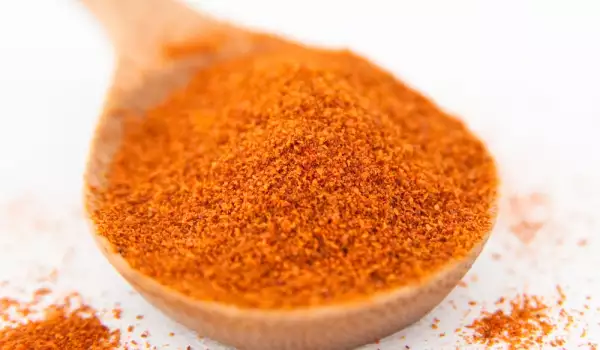



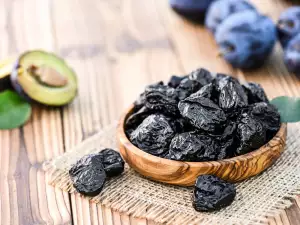



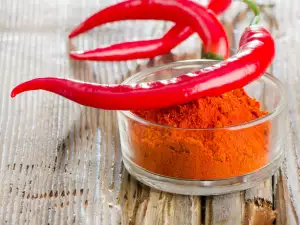


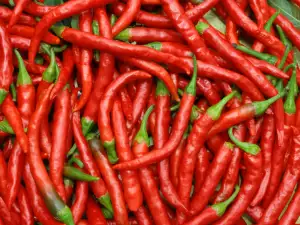



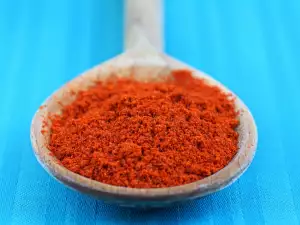




Comments